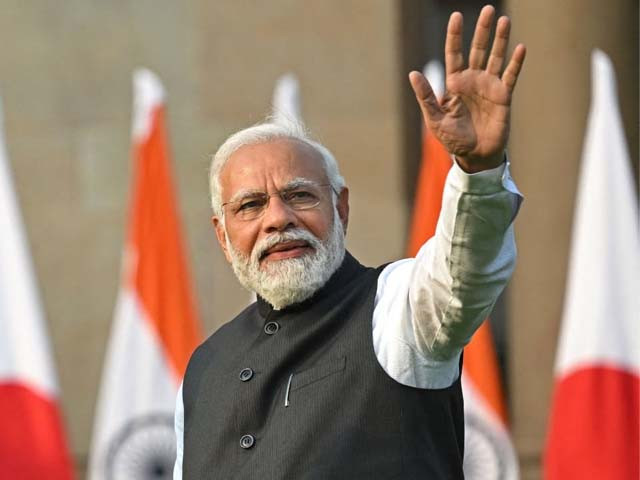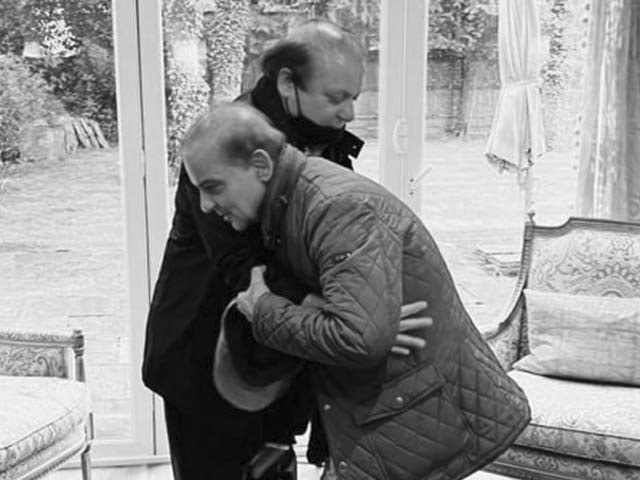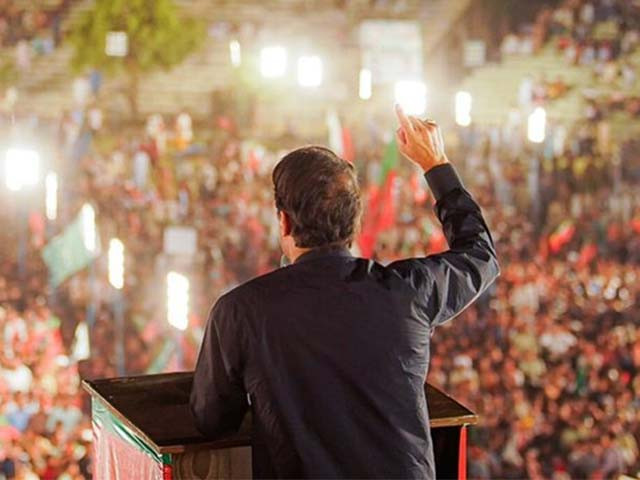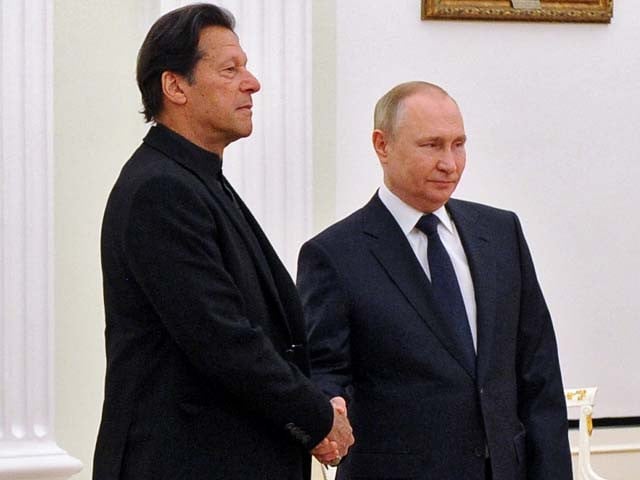
From India to Bharat
If centuries of plunder in the subcontinent, communal rifts and destructive power struggles were someone’s fault, whose were they? Were they ours? Was it theirs? I’m still searching for the answers but what I do know is that our past divided us then and it continues to divide us now. The fact that Narendra Modi’s India is a polarised state practicing blatant discrimination of minority communal groups and economic classes isn’t news. Modi’s rise to power isn’t an anomaly; it isn’t just a chapter in India’s history – it's a carefully crafted manifestation of an ideology.
Have you ever wondered how and why Jawaharlal Nehru’s “azaad” India has embarked on such a journey? How and why is the very nature of the world’s largest democracy being rebuilt? Is it really that bad?
Hindutva: who is a Hindu?
With the arrival of European missionaries in India, the practice of proselytism not only threatened the socio-religious structure of society, it also brought changes in its demography. To resist the new faith, Hindu reformers endowed their religion with egalitarian values through a reinterpretation of the – highly abstract in nature – Vedas. This led to the creation of a golden age of Hinduism which was then supported by movements such as the Arya Samaj. The 1919 mobilisation of Indian Muslims in support of the Caliphate of Constantinople – the Khilafat movement – solidified the “majoritarian inferiority complex” of the Hindus due to its Pan-Islamic nature.
It was in this context that VD Savarkar codified the Hindu nationalist ideology, citing four factors in determining the eligibility of a “Hindu” – race (Aryan decent and Vedic fathers), territory (Vedic land where the holy rivers flow), language (Sanskrit) and culture. Savarkar also pointed out the similarities between his definition of “who is a Hindu” and the Zionists. MS Golwalkar’s views on the topic went one step ahead. He believed that Muslims of India did not deserve “even citizen rights” in the Hindu state. Their only option was to either submit or leave. These were the narratives which led to the formation of the Rashtriya Swayamsevak Sangh (RSS) in 1925.
Towards BJP
The organisation which started off by combating communists grew into a tentacular Sangh Parivar over the years with numerous sector-based organisations that gradually saturated the social space. The aim of the Sangh Parivar is state formation, not mere state-building. RSS entered the political arena in the 1950s after Mahatma Gandhi’s assassination by an alleged member of the movement and a close aid of Savarkar. Undoubtedly a dark time in the RSS’s history, the national outrage led to the arrests of 20,000 Swayamsevaks and the outlawing of the organisation which Nehru saw as an “Indian embodiment of fascism”. The Bharatiya Janata Sangh (BJS) was created by Golwalkar in 1951 in response to these developments.
In the time leading up to Modi’s rule in Gujrat, the Bharatiya Janata Party (BJP, formerly BJS) had garnered considerable support in India, capitalising on its role in the Ayodhya Movement which resulted in violent clashes between the Hindu and Muslim communities during the “Ram Yatra”. Since then, the BJP has emerged as a populist party in India’s ethnic democracy which is against any and all things it deems a threat to the RSS ideology. The BJP’s primary targets are Muslims and Indian secularism. Its more concealed motives include the continued socioeconomic repression of the other backward classes (OBCs) and the scheduled castes (SCs), together with a complete dismantling of the very ethos of India’s once renowned impartial institutions.
A lesson in populism
If there was ever a book titled “populism for dummies”, an account of Modi’s rise to power is sure to make an appearance. A product of the RSS, Modi in a true populist fashion rose to power following the Gujrat riots. During this time, violence was promoted and validated against Muslims, the “other”, by Modi and RSS radicals in response to the Godhra tragedy. Communal differences were then exacerbated to a point of no return, and it is from here that Modi’s populism turned into national populism. His humble beginnings helped him connect with the masses on an unprecedented scale and his shrewdness coupled with charisma propelled him into the status of an “ideal”. He was at once borne out of a mythology yet remained rooted in reality.
Distancing himself from the Muslims, Modi established himself as an “Emperor of The Hindu Hearts”. His economic policies accelerated the growth rate in Gujrat – albeit at the expense of the proletariat – which would later lead him to tout the “Gujrat Model” in his 2014 election campaign. Subsequently, in the 2000s, when Islamic terrorism was at its peak, Modi would find himself at the centre of assassination attempts supposedly sponsored by ‘jihadis’. It did not matter that there was a complete lack of evidence to support the claims that the Pakistani state was behind this supposed threat, or that the ‘jihadis’ arrested were later acquitted by the Indian courts. He had established his national populist repertoire – a feat which would get him elected as the prime minister for two consecutive terms.
The first term
During his first term, Modi focused on raising the “self-esteem” and “dignity” of the Indian people by introducing programmes such as the Swachh Bharat Abhiyan, Jan-Dhan Yojana, and Ujjwala Yojana. While there were no concrete reforms to help raise the economic status of his newly created “neo-middle class” or the poor, he also scaled back on the previously launched pro-poor programs such as the Mahatma Gandhi National Rural Employment Guarantee Act (MGNREGA). Modi’s urban consumer bias was apparent in the economic policies put forth which facilitated crony capitalism. He diverted the people’s attention by focusing on social justice and keeping communal violence brewing to appease his “angry young men” who had taken the law into their own hands primarily through vigilantism (The Bajrang Dal).
This constant cycle of fear of the “Other” converting into anger was apparent in the activities of the Gau Rakshak Dal. Moreover, campaigns against ‘love jihad’ and ‘land jihad’ further unveiled the anti-Muslim sentiments of not only the state but Indian society as well. In the larger scheme of things, Modi’s politics led to the banalisation of Hindutva, reformation of the education system in line with the RSS ideology, crackdown on secularists and free press, ‘reconversion’ campaigns, opening up the state apparatus to the RSS, and deterioration of India’s once revered institutions including the police, Supreme Court, media, and the Central Bureau of Investigation (CBI).
Modi 2.0
By the 2019 elections, India had already converted into a “De-Facto Hindu Rashtra”. Staying true to his saintly politics, Modi centered his campaign on an “external enemy” – Pakistan. The Balakot strikes following the Pulwama attack, together with Pakistan’s goodwill gesture of Wing Commander Abhinandan’s release were hailed as ‘victories’ in India. Interestingly, Bharat, by then, had embarked on a path towards electoral authoritarianism, thus the main opposition parties barely stood a chance.
Capitalising off caste politics and plebian support for the “strong man”, the BJP, with the conquest of the Rajya Sabha, was now in a position to fulfill its primary objectives – the Citizenship Amendment Bill (CAB), National Register of Citizens (NRC), and the abrogation of Article 370. The Ayodhya verdict was the final nail in India’s secular identity. Christophe Jaffrelot thereby concludes that India is now an ethnic democracy wherein the Hindus are bound by racial, linguistic, religious or other such cultural characteristics. Their strong sense of identity is pivotal for the rejection of the “other” which isn’t protected by the government nor the international community.
The greatest divide
In a democratic structure, regardless of the adjectives, claiming to be ‘apolitical’ is perhaps the highest tier of ignorance. If democracy is a government by the people, for the people, and from the people, how can the two ever be separated? Of course, outliers do exist, but when a feat is present in majority, it becomes the norm. BJP’s anti-Muslim bias, RSS’s Hindutva ideology, and Modi’s populist politics exist and thrive in India, for the Indian people, by the Indian citizens, from the Indian society. India’s polarisation was triggered by deep-seated insecurities, and with multiple fears and numerous threats – real or fake – assimilation becomes the best course of action. While there is beauty in diversity, there is security in homogenisation. It looks like the people of India have chosen their rulers. Where this majoritarian rule leads Bharat will unravel a new chapter in the history of war itself – the Greatest Divide is yet to come.




COMMENTS (16)
Comments are moderated and generally will be posted if they are on-topic and not abusive.
For more information, please see our Comments FAQ